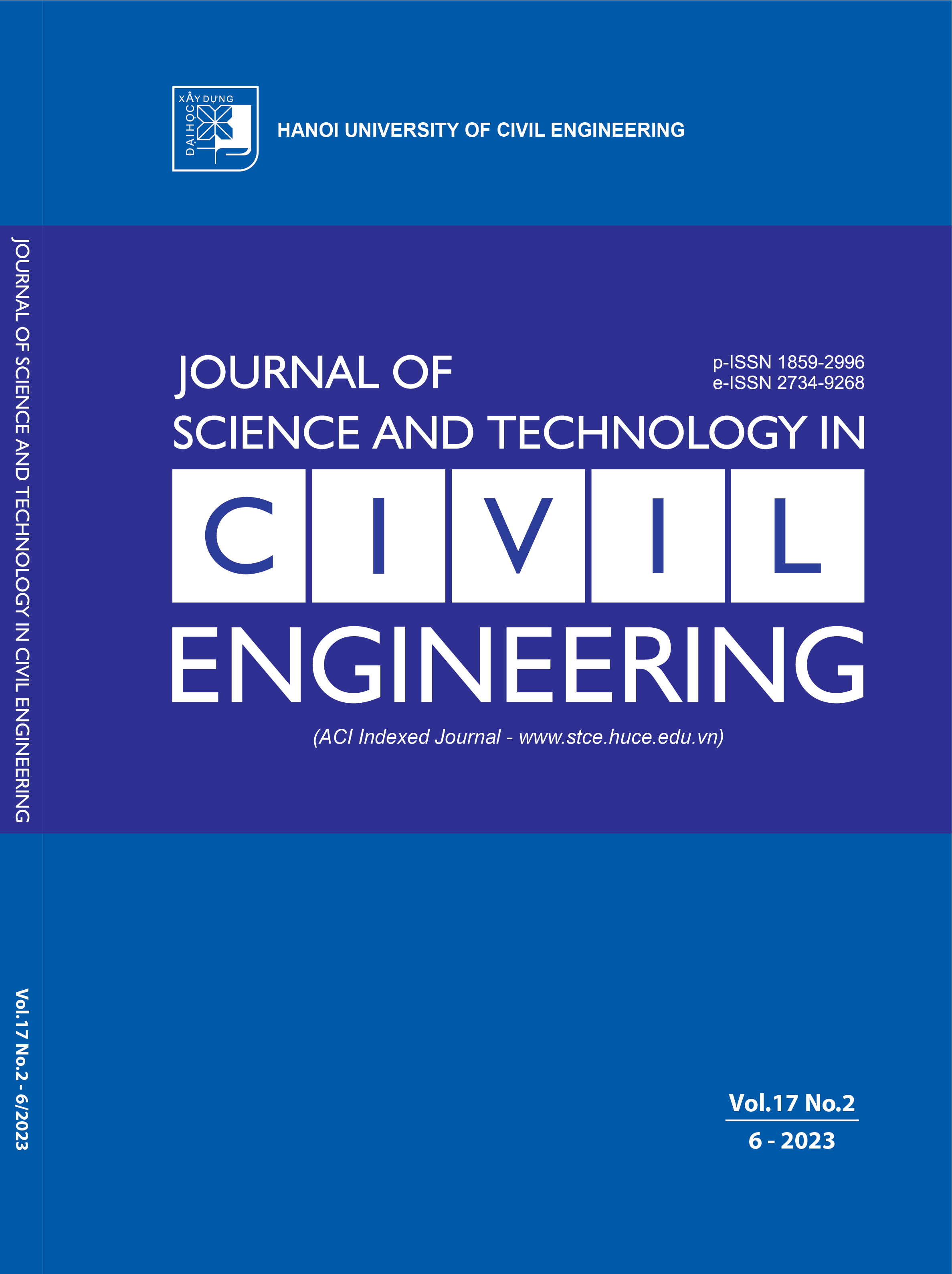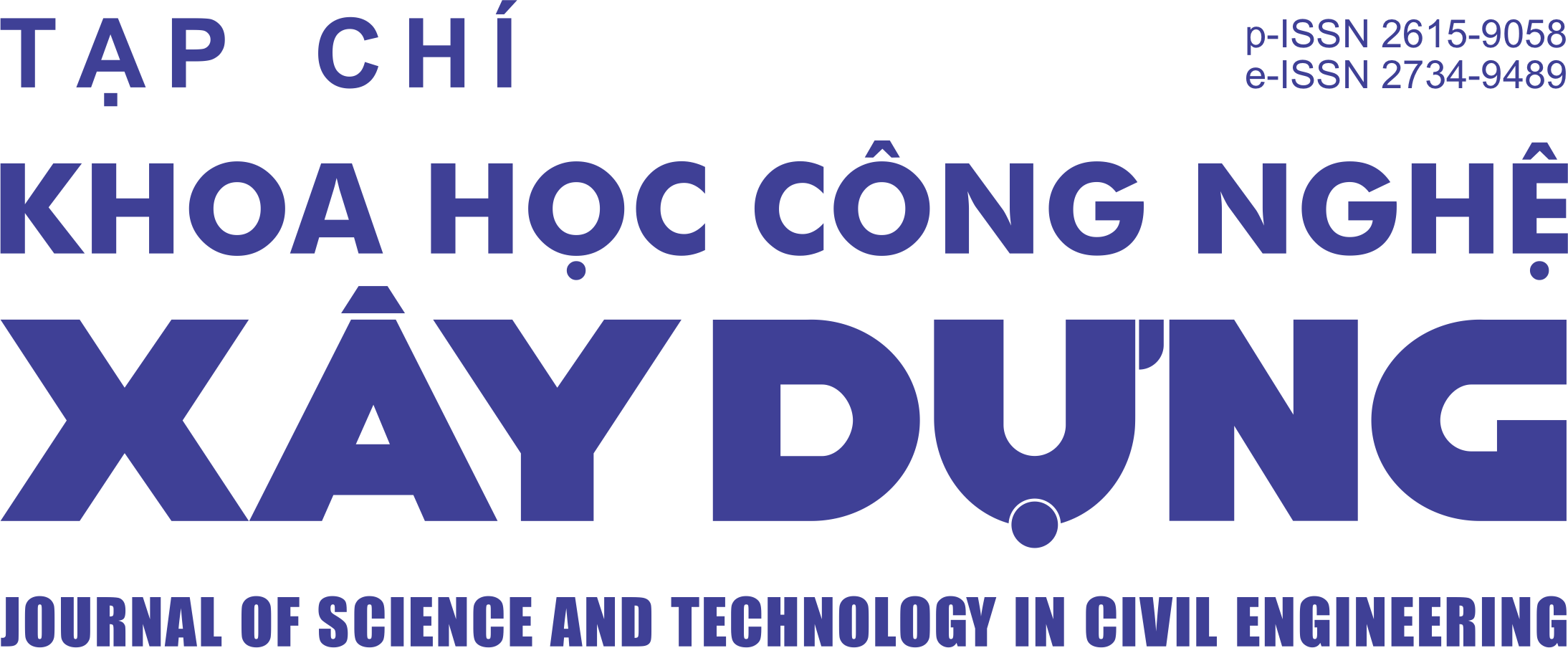Effects of intergranular friction and grain size distributions on the initial void ratio of granular sample
Abstract
This paper investigates the influence of intergranular friction and grain size distributions on the initial void ratio of a granular sample subjected to isotropic compression loading. In the field of geomechanics, besides the loading path and evolution of microscopic properties, the initial void ratio is a crucial and key factor that governs the mechanical behavior of geomaterials. By using Discrete Element Model (DEM) performed on an idealized 2D assembly of disks, this study demonstrates that the initial void ratio can be affected by several parameters during isotropic compression stage. By varying a wide range of intergranular coefficients of friction and grain size distributions, our numerical results suggest that increasing the intergranular coefficient of friction during the isotropic compression phase leads to looser samples. Furthermore, when the diversity of grain sizes is rich, smaller grains can move and occupy voids, thereby increasing the density of the granular sample. A power-law
relationship is then proposed that connects the minimum void ratio and the diversity degree of the sample.
Downloads
Copyright (c) 2023 Hanoi University of Civil Engineering

This work is licensed under a Creative Commons Attribution-NonCommercial-NoDerivatives 4.0 International License.
1. The Author assigns all copyright in and to the article (the Work) to the Journal of Science and Technology in Civil Engineering (JSTCE) – Hanoi University of Civil Engineering (HUCE), including the right to publish, republish, transmit, sell and distribute the Work in whole or in part in electronic and print editions of the Journal, in all media of expression now known or later developed.
2. By this assignment of copyright to the JSTCE, reproduction, posting, transmission, distribution or other use of the Work in whole or in part in any medium by the Author requires a full citation to the Journal, suitable in form and content as follows: title of article, authors’ names, journal title, volume, issue, year, copyright owner as specified in the Journal, DOI number. Links to the final article published on the website of the Journal are encouraged.
3. The Author and the company/employer agree that any and all copies of the final published version of the Work or any part thereof distributed or posted by them in print or electronic format as permitted herein will include the notice of copyright as stipulated in the Journal and a full citation to the Journal as published on the website.







